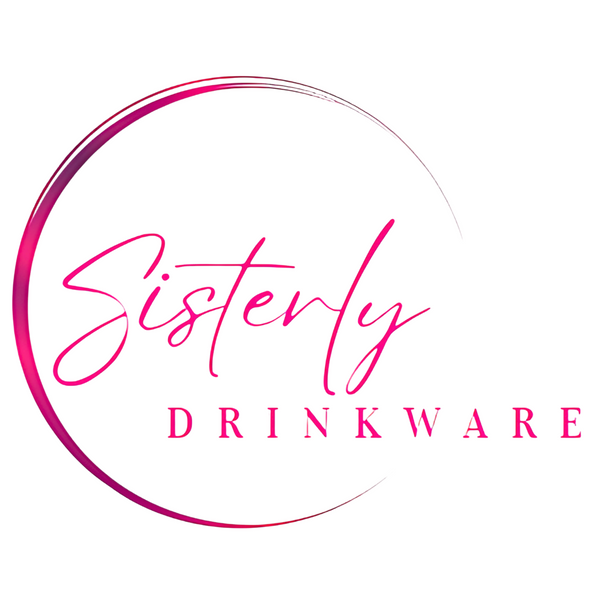
Is All Glassware Freezer and Microwave Safe? What You Need to Know
Whether you're meal-prepping for the week, storing leftovers, or reheating yesterday’s soup, glassware is a kitchen essential. But here’s the burning question: Is all glassware safe to use in the freezer and microwave? The answer isn't as straightforward as you'd think—and knowing the difference could save you a shattered mess or worse, a safety hazard.
Let’s explore the science, myths, and practical tips to keep your glassware (and food) safe and sound.
Understanding the Basics: What Is Glassware Made Of?
Glassware generally refers to containers and dishes made from different types of glass. The three most common categories include:
-
Soda-lime glass – The most common type, found in jars, drinking glasses, and decorative glassware.
-
Tempered glass – Heat-treated for strength, often used in bakeware and food storage containers.
-
Borosilicate glass – A more thermal shock-resistant type used in laboratory settings and premium kitchen products.
Each type of glass behaves differently under temperature stress, which is crucial when deciding if it’s freezer or microwave safe.
Myth-Busting: Is All Glassware Microwave Safe?
No, not all glassware is microwave safe.
Microwave safety depends on the material, thickness, and whether the glassware has been tempered or reinforced. Here’s why:
-
Non-tempered glass can crack or shatter if heated too quickly.
-
Glass with metallic decorations or trim (gold/silver) can spark or cause a fire in a microwave.
-
Older or low-quality glassware often lacks certification or labeling and should be used with caution.
How to Check:
Look for a microwave-safe label—usually embossed on the bottom. If it’s not labeled, assume it’s not safe.
Is All Glassware Freezer Safe?
Again, the answer is no.
Freezing conditions can cause thermal shock if the glass isn’t designed to withstand drastic temperature changes.
Why Some Glass Shatters in the Freezer:
-
Water expands when frozen. If food or liquid is packed too tightly in a glass container, internal pressure can cause cracks.
-
Sudden changes from hot to cold—or vice versa—can lead to thermal stress fractures.
-
Low-quality or thin-walled glass may be more vulnerable.
Best Practice: Only freeze food in containers marked “freezer safe,” and always leave room for expansion (at least an inch of headspace).
What Makes Some Glassware “Safe” for Both?
The safest glassware for both microwave and freezer use is made from borosilicate or tempered glass. Here’s why:
-
Borosilicate glass expands less when heated or cooled, making it resistant to cracking.
-
Tempered glass is strengthened to handle sudden temperature shifts, though not as heat-resistant as borosilicate.
If you’re shopping for multipurpose containers, look for glassware explicitly marked as safe for microwave, freezer, oven, and dishwasher use.
Practical Tips: How to Safely Use Glassware in the Microwave and Freezer
✅ Microwave Do’s:
-
Use only glass labeled microwave-safe.
-
Avoid sudden temperature changes—don’t go from freezer to microwave.
-
Remove lids or open vent tabs to allow steam to escape.
-
Avoid microwaving glass that’s cracked, chipped, or scratched.
❌ Microwave Don’ts:
-
Don’t microwave decorative or painted glass.
-
Don’t heat dry glassware (e.g., empty) for extended periods.
-
Avoid using cheap or dollar-store glass in high-heat environments.
✅ Freezer Do’s:
-
Use thick, high-quality, or borosilicate glass containers.
-
Leave headspace for liquid expansion.
-
Cool food before freezing to prevent condensation and cracks.
❌ Freezer Don’ts:
-
Don’t freeze liquids in sealed glass bottles.
-
Avoid stacking warm containers directly in the freezer.
Common Labels to Look For
When buying glassware, keep an eye out for these designations:
| Label | What It Means |
|---|---|
| Microwave-Safe | Tested to withstand microwave heating |
| Freezer-Safe | Can endure freezing temperatures without cracking |
| Oven-Safe | Safe to use in conventional ovens (not stovetops) |
| Dishwasher-Safe | Withstands normal dishwasher cycles |
| BPA-Free Lid | (If applicable) Plastic lids won’t leach chemicals |
Sisterly Drinkware’s Take: What We Offer
At Sister.ly Drinkware, we design with your lifestyle in mind. Our reusable drinkware products are made from high-quality, tested materials, and we clearly label which products are microwave and freezer safe.
We’re committed to:
-
Safety first: No BPA, no harmful coatings, and lab-tested durability.
-
Functionality: Our drinkware is built for your on-the-go lifestyle—whether you're chilling iced coffee or reheating a hot chai latte.
-
Sustainability: Reusable means fewer disposable cups and containers in landfills.
Want to shop our collection of products? Browse our latest line here: Sisterly Drinkware
Final Thoughts: Safety Is in the Details
Not all glassware is created equal—and that’s okay. The key is knowing how to read the signs and being mindful of how you use your containers. Whether you're batch-cooking soup, prepping smoothies, or reheating leftovers, choosing the right glassware helps you stay safe and waste-free.
So, is all glassware freezer and microwave safe?
No—but the right glassware can be. And when in doubt, stick with trusted, well-labeled products from brands that prioritize both performance and safety—like Sisterly Drinkware.
